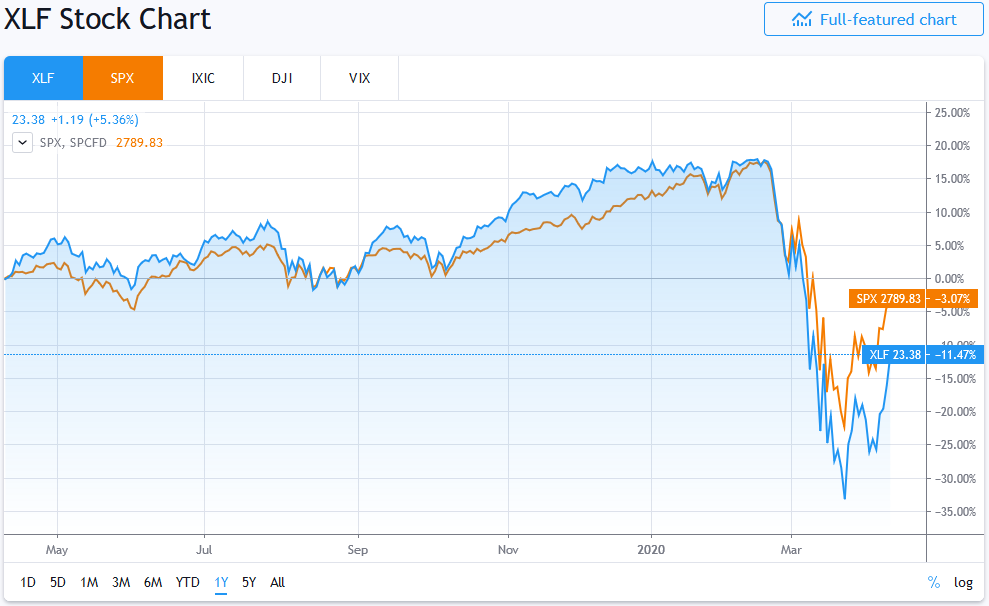Written by: Gary Ashton
As a friend of mine recently said to me, “What a year this week has been.” Despite terrible news on the jobs front, US stocks had their best week in 45 years, and that is even with 16 million Americans out of work. Markets have started to climb back from a terrible economic blow thanks in part to the one-two punch of the US government using both fiscal and monetary policy tools to prop up the economy during an unprecedented shutdown.
The policy response is welcome news, but markets still do not have a clear view of how the shutdown is affecting companies’ earnings. Investors get a first glimpse this week when banks start reporting results. Granted, a lot of the first quarter data will leave out the most brutal effects of the Coronavirus. Still, investors will get much needed forward earnings guidance, some insight into the strength or weakness of banks’ balance sheets, and commentary on how banks see FY-2020.
US Banks Report 1Q Earnings
Investors will be closely watching the kickoff of the 1Q20 earnings season when big US banks release their earnings results this week.
Big names reporting on April 14th include JP Morgan (NYSE: JPM) and Wells Fargo (NYSE: WFC) followed by Citigroup (NYSE: C), Bank of America (NYSE: BAC) and US Bancorp (NYSE: USB) the next day. Bank stocks have been beaten down like much of the broader market. The Finscreener.com 1Q Earnings Ratings look scary with “Sell” or “Strong Sell” on all these names, but prices have been pushed down enough that some of these banks now have attractive valuations with significant upside potential. For example, using Finscreener.com’s Target Price data shows JP Morgan’s stock has a potential price increase of 22.97%, Wells Fargo 33.10%, Citigroup 70.49%, Bank of America 30.89%, and US Bancorp 30.70%.
Analyst Ratings remain quite favorable with JP Morgan at (HOLD), Wells Fargo (HOLD), Citigroup (Strong Buy), Bank of America (Moderate Buy), and US Bancorp (HOLD). Forward PE ratios are also quite attractive for JP Morgan (8.47x), Wells Fargo (7.47x), Citigroup (4.90x), Bank of America (7.12x), and US Bancorp (8.03x). The average Forward PE ratio for the S&P 500 index is 13.86x. The low ratio for a name like Citigroup means that its Forward PE ratio is currently better than 90% of the companies in the S&P 500 index.
Financial Sector ETF Lags Wider Market
In 2020, the US financial sector is one of the worst-performing S&P 500 sectors, down 23.4% this year based on the Financial Select Sector SPDR Fund (AMEX: XLF). Only Energy is performing worse, down 42.26% as oil prices trade at 20-year lows. Over the last 12-months, Financials still lag the broader market, down 11.47% compared to a drop of 3.07% for the S&P 500 index.
Some favorable market color this week from the largest financial institutions in the US could go a long way to supporting wider investor confidence, adding to last week’s substantial market gains.

Related: How to Correctly Invest in a Downturn
DISCLOSURE:The views and opinions expressed in this article are those of the contributor, and do not represent the views of Advisorpedia. Readers should not consider statements made by the contributor as formal recommendations and should consult their financial advisor before making any investment decisions. To read our full disclosure, please click here.

